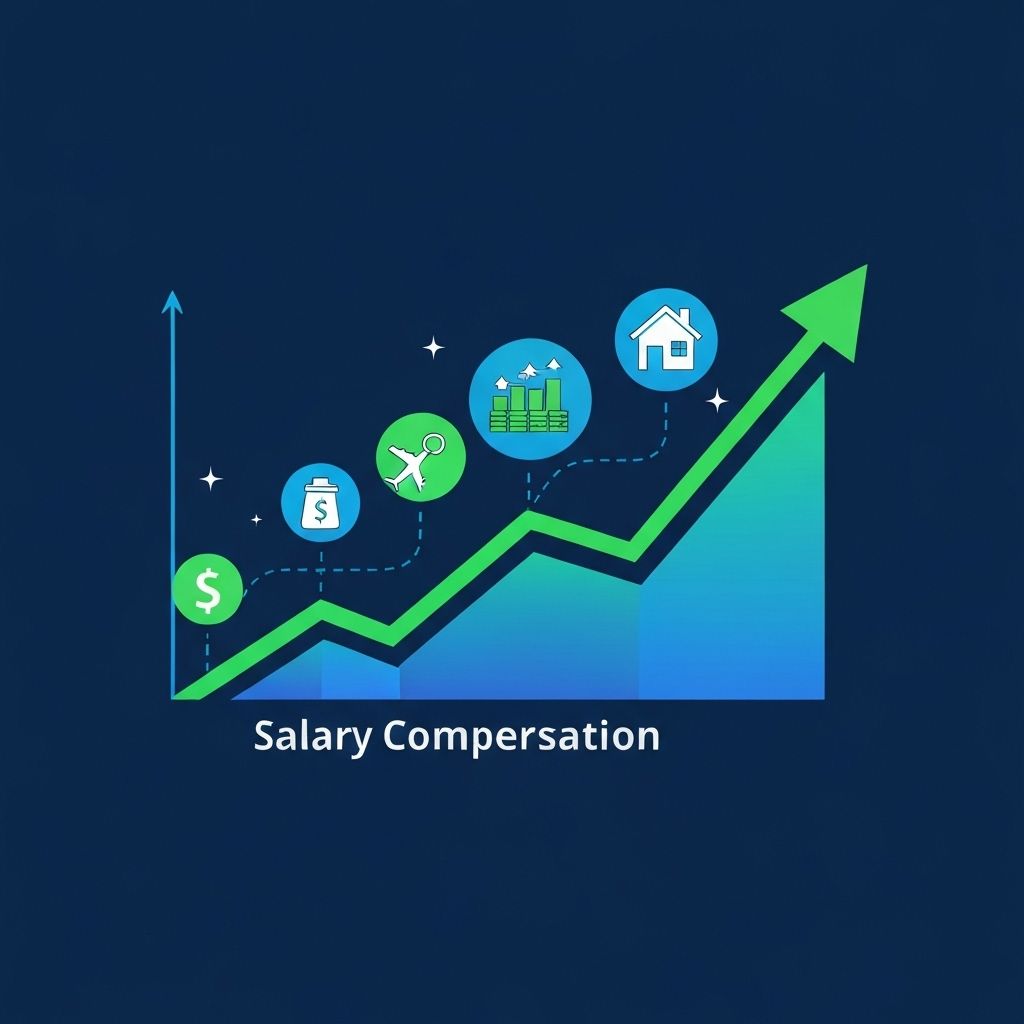Compensation remains a critical factor in attracting and retaining top software engineering talent. This comprehensive analysis provides updated salary data and insights across experience levels, specializations, and geographic markets for 2025.
Executive Summary
The software engineering compensation landscape continues to evolve with sustained high demand for technical talent. Key trends include continued salary growth, expanding equity packages, and increasing geographic disparities as remote work becomes standard.
Base Salary Trends by Experience Level
Entry-Level Engineers (0-2 years)
Average Base Salary: $95,000 - $135,000
Total Compensation: $130,000 - $200,000 (including bonuses and equity)
Growth Rate: 8-12% year-over-year increase, driven by competition for emerging talent
Mid-Level Engineers (3-5 years)
Average Base Salary: $135,000 - $175,000
Total Compensation: $200,000 - $300,000
Growth Rate: 6-10% annually, reflecting increased specialization and leadership opportunities
Senior Engineers (6-10 years)
Average Base Salary: $175,000 - $230,000
Total Compensation: $300,000 - $450,000
Growth Rate: 5-8% year-over-year, with significant variance based on technical expertise
Principal/Staff Engineers (10+ years)
Average Base Salary: $230,000 - $300,000+
Total Compensation: $450,000 - $700,000+
Growth Rate: 4-7% annually, heavily influenced by scope of impact and company stage
Specialization Impact on Compensation
High-Demand Specializations
- Machine Learning/AI: 25-40% premium over general software engineering roles
- Cybersecurity: 20-35% premium, driven by increasing security threats
- Cloud Architecture: 15-30% premium for AWS, Azure, and GCP expertise
- DevOps/SRE: 15-25% premium for operational excellence skills
- Blockchain/Crypto: 20-35% premium, though market volatility affects consistency
Geographic Compensation Analysis
Top-Paying Markets
| Market | Senior Engineer Average | Cost of Living Index | Real Purchasing Power |
|---|
| San Francisco Bay Area | $220,000 | 187 | $117,600 |
| New York Metro Area | $195,000 | 152 | $128,300 |
| Seattle | $185,000 | 135 | $137,000 |
| Austin | $165,000 | 108 | $152,800 |
| Denver | $160,000 | 112 | $142,900 |
Equity and Long-Term Incentives
Equity Packages by Company Stage
- Startups (Pre-Series A): 0.5-2% equity grants for senior engineers
- Early-Stage (Series A-B): 0.2-0.8% equity for experienced engineers
- Growth-Stage (Series C+): 0.05-0.3% equity, supplemented by performance bonuses
- Public Companies: RSU grants worth 20-50% of base salary annually
Remote Work Impact on Compensation
The rise of remote work has created new dynamics in compensation strategies, with companies balancing location-agnostic pay with geographic cost differences.
Remote Compensation Trends:
- Standardization: 45% of companies use national or global pay bands for remote roles
- Geographic Adjustments: 35% adjust pay based on local cost of living
- Experience Premiums: Senior engineers in lower-cost areas often receive full market rate
- Remote Differentials: Some companies offer 5-10% premiums for fully remote positions
Benefits and Perks Evolution
Standard Benefits Package (2025)
- Health Insurance: Premium coverage for employee + family (avg. $15,000/year value)
- Retirement: 4-6% match on 401(k) contributions
- Professional Development: $2,000-5,000 annual learning budget
- Wellness: $1,200-2,400 annual wellness stipends
- Home Office: $1,000-2,000 equipment/setup allowance
Premium Perks (Top 25% of Companies)
- Unlimited PTO: Offered by 40% of tech companies
- Sabbaticals: 4-8 week paid sabbaticals after 4-5 years
- Family Planning: Enhanced parental leave and fertility benefits
- Financial Wellness: Financial planning services and emergency funds
Industry Variations
Technology Sectors
- FAANG/AMAZON: Highest base salaries, significant RSU packages
- Fintech: Competitive salaries with strong performance bonuses
- Healthcare Tech: Stable compensation with comprehensive benefits
- Clean Tech: Mission-driven roles with moderate compensation growth
Future Compensation Trends
Predicted Changes for 2025-2026:
- AI/ML Premiums: Continued expansion of salary differentials for AI expertise
- Remote Work Normalization: Convergence toward standardized remote compensation practices
- Skills-Based Pay: Increased emphasis on specific technical skills over years of experience
- Performance Metrics: Greater weight given to individual and team performance in compensation decisions
Strategic Compensation Recommendations
For Employers:
- Regular Market Analysis: Conduct compensation reviews every 6 months
- Total Rewards Focus: Emphasize complete package value beyond base salary
- Transparency: Clear communication about compensation philosophy and practices
- Performance Alignment: Link compensation to measurable business impact
For Candidates:
- Research Market Rates: Use multiple sources to understand your market value
- Consider Total Package: Evaluate equity, benefits, and growth opportunities
- Skills Development: Invest in high-demand specializations for maximum earning potential
- Geographic Flexibility: Consider relocation or remote opportunities for optimal compensation
Conclusion
The software engineering compensation landscape in 2025 reflects the continued high value placed on technical talent. Understanding these trends and strategically positioning compensation packages will be crucial for both attracting top talent and maintaining competitive advantage.
Organizations that successfully balance competitive compensation with compelling opportunities for growth and impact will be best positioned to build exceptional engineering teams in the year ahead.
Need help developing a competitive compensation strategy? Contact our compensation specialists for personalized benchmarking and strategic guidance tailored to your organization's needs and goals.

